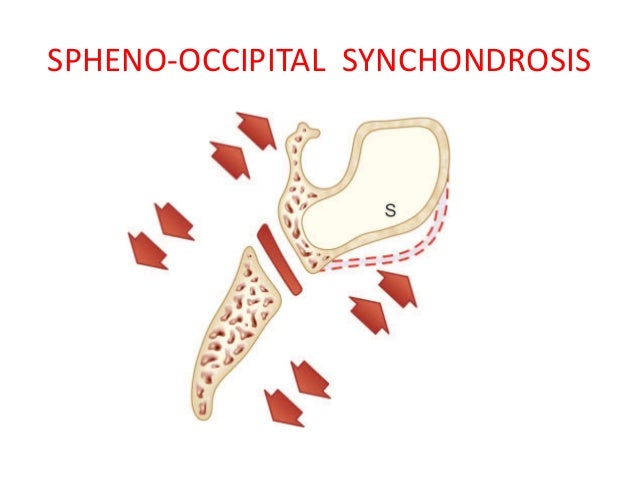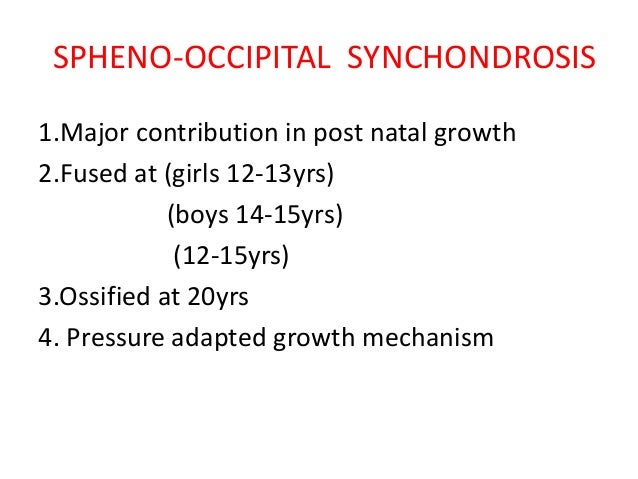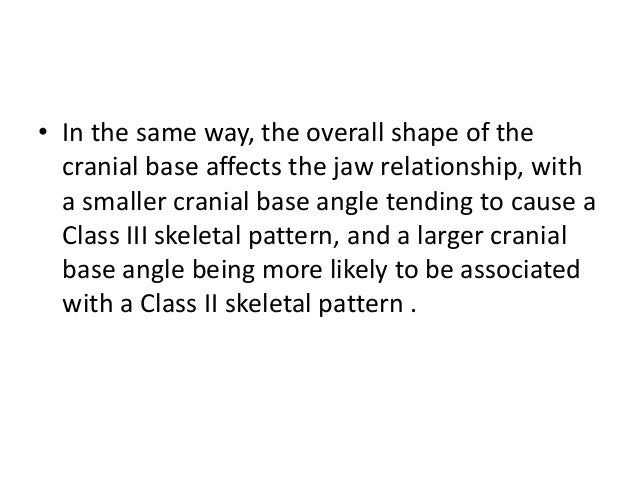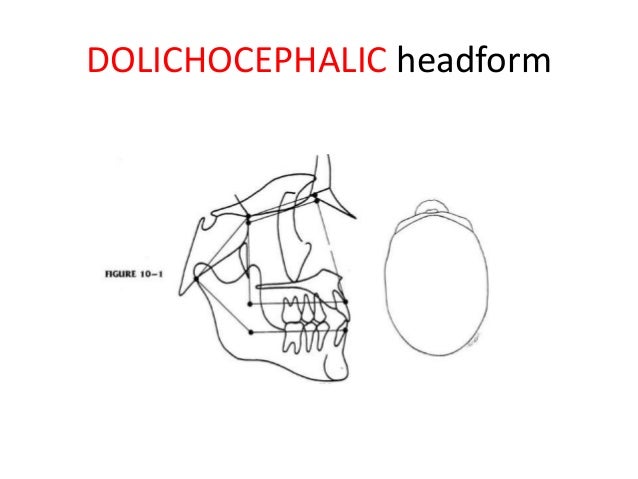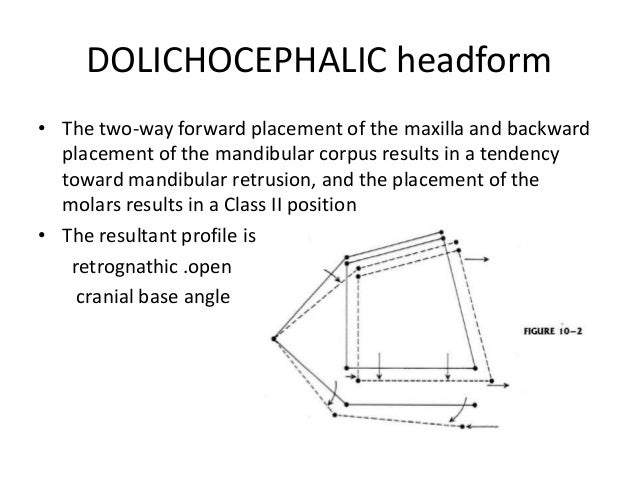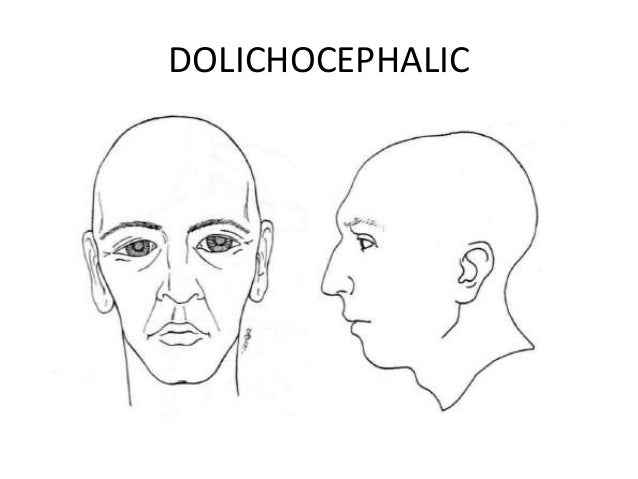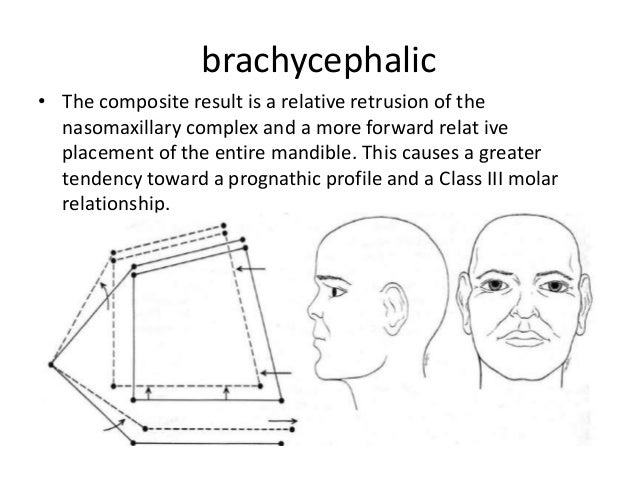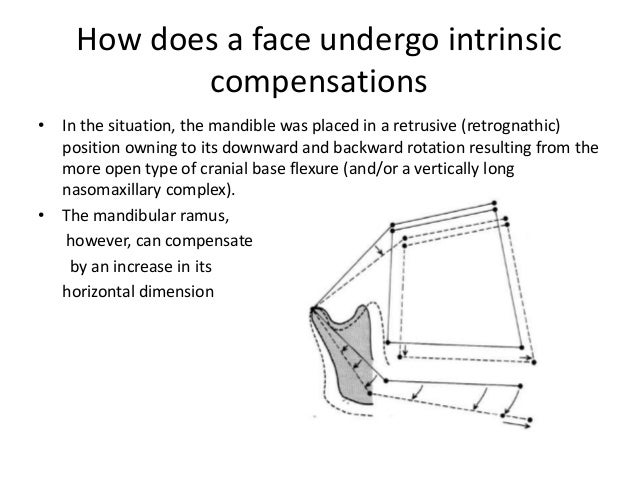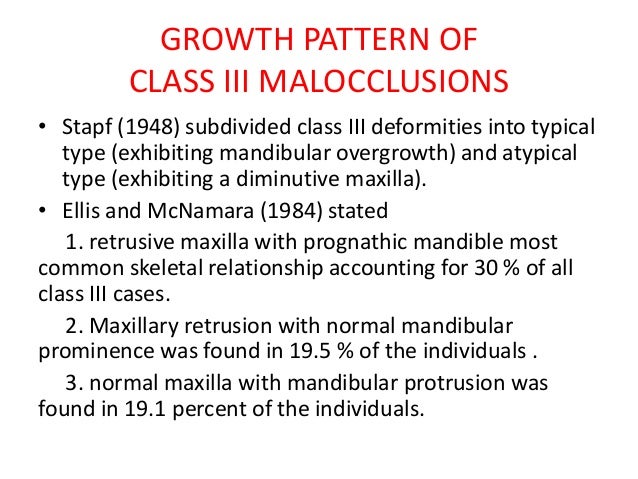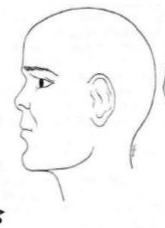Pendejo
Kraken
- Joined
- Apr 15, 2019
- Posts
- 18,481
- Reputation
- 28,794
The occipital bone prominence can be reduced, the amount of reduction possible is determined by the thickness of the outer cortical bone which can be determined by measurements on a plain lateral skull x-ray or using axial 2D CT images.


The bone can only be reduced until the diploic space is encountered, this allows the inner cortical layer to be maintained and this does not weaken the skull bone to any degree.
A tracing of the occipital profile can be done on the x-rays to show what the realistic outcome would be from the procedure in the profile view.
Occipital reduction is done through a horizontal scalp incision usually located directly over the most projecting area or lower down at the nuchal ridges at the bottom of the hairline.
 www.eppleyplasticsurgery.com
www.eppleyplasticsurgery.com
Results
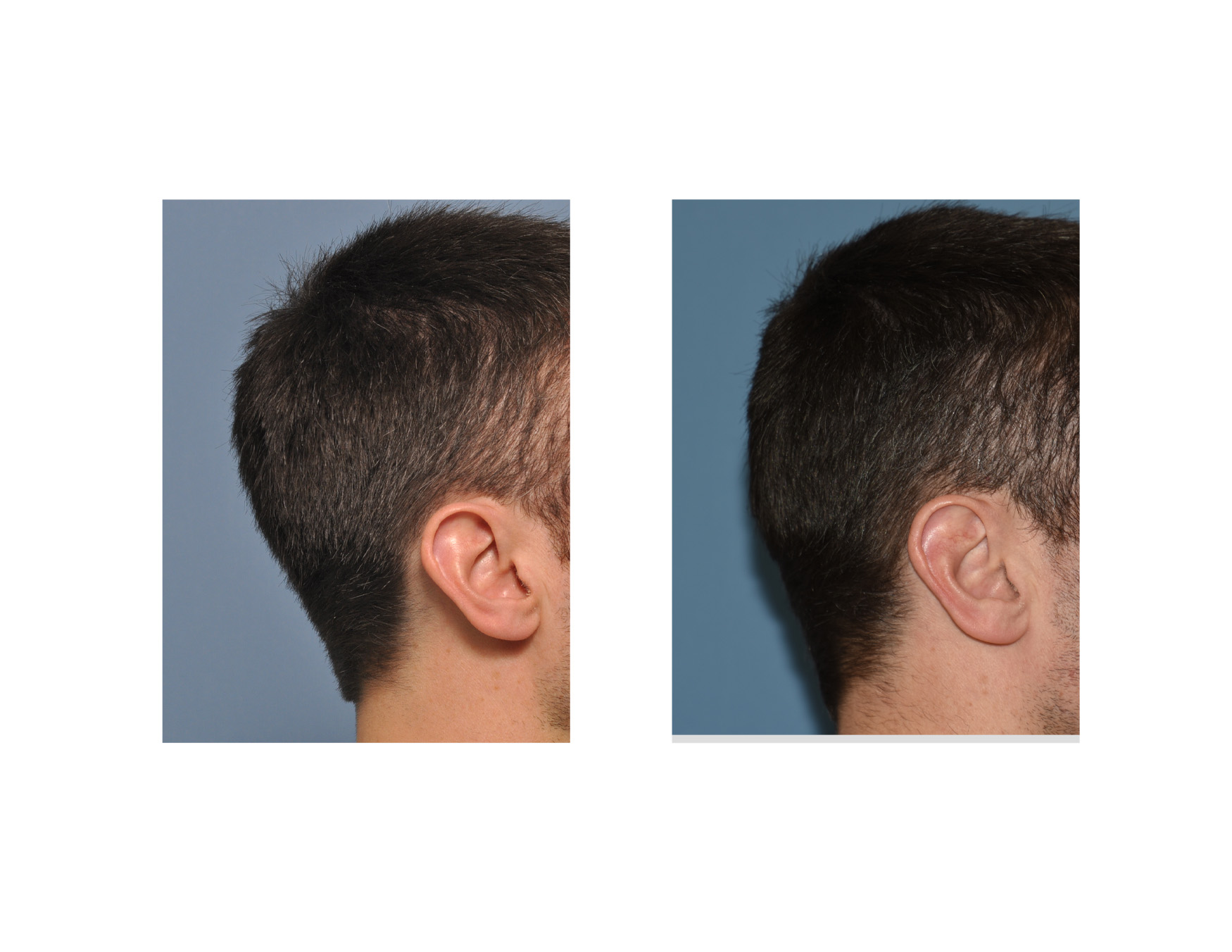
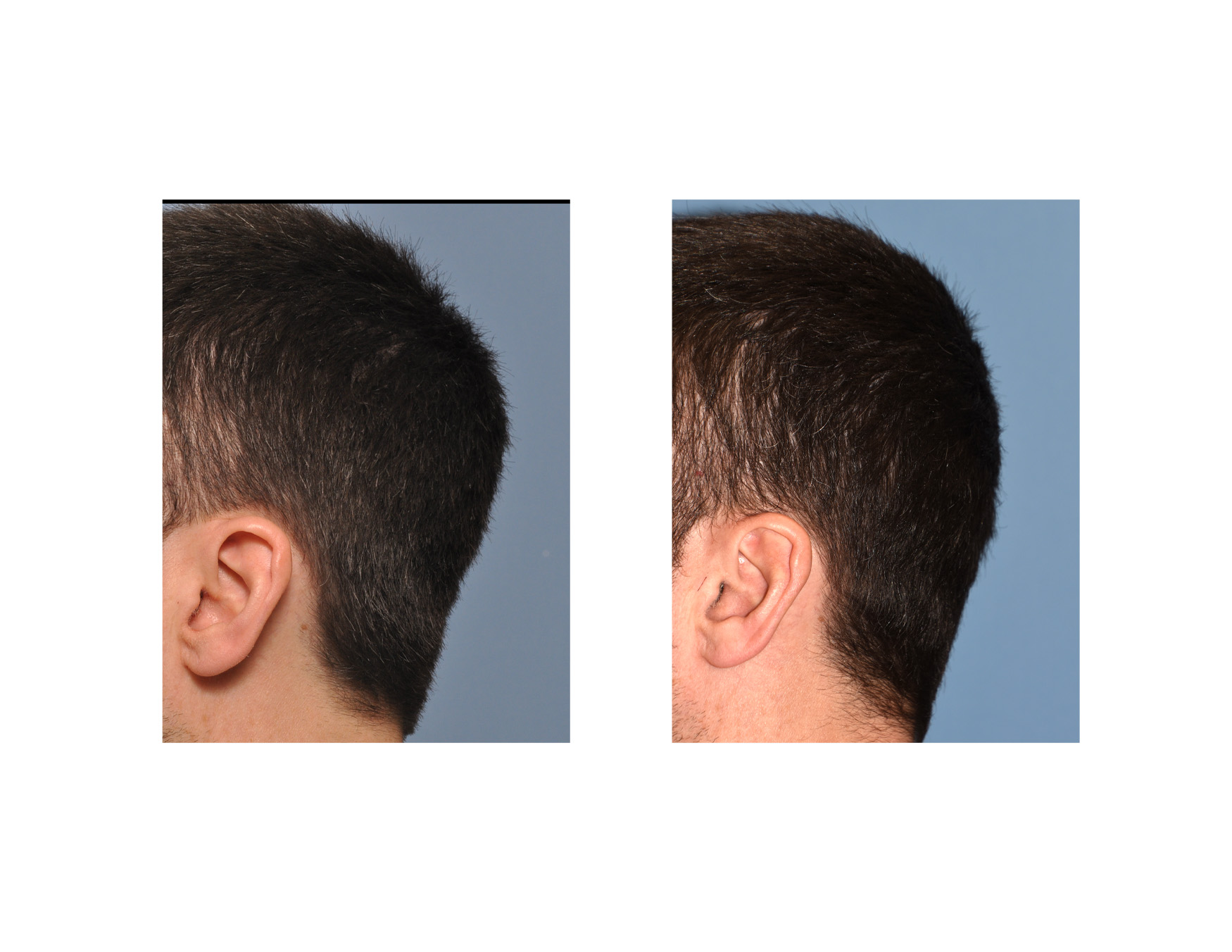

Fig. 2: Axial CT demonstrates the well defined, high attenuating inner and outer tables of the skull (black and whitw arrow). The diploic space has slightly lower attenuation and is seen between both tables (*).
The bone can only be reduced until the diploic space is encountered, this allows the inner cortical layer to be maintained and this does not weaken the skull bone to any degree.
A tracing of the occipital profile can be done on the x-rays to show what the realistic outcome would be from the procedure in the profile view.
Occipital reduction is done through a horizontal scalp incision usually located directly over the most projecting area or lower down at the nuchal ridges at the bottom of the hairline.
How Is Occipital Bone Reduction Done? - Plastic Surgeon | Dr. Barry L. Eppley, MD
Reduction of a prominent back of the head is done through a bone burring technique.
 www.eppleyplasticsurgery.com
www.eppleyplasticsurgery.com
Results












